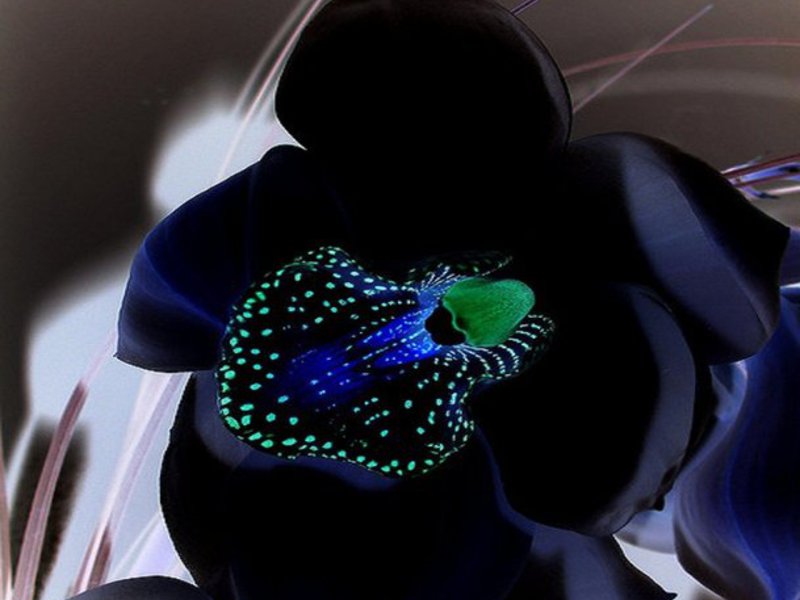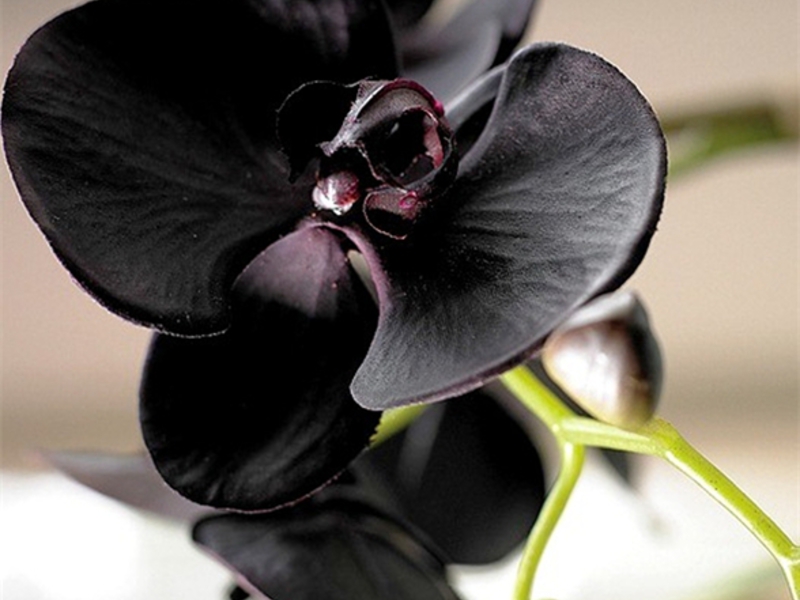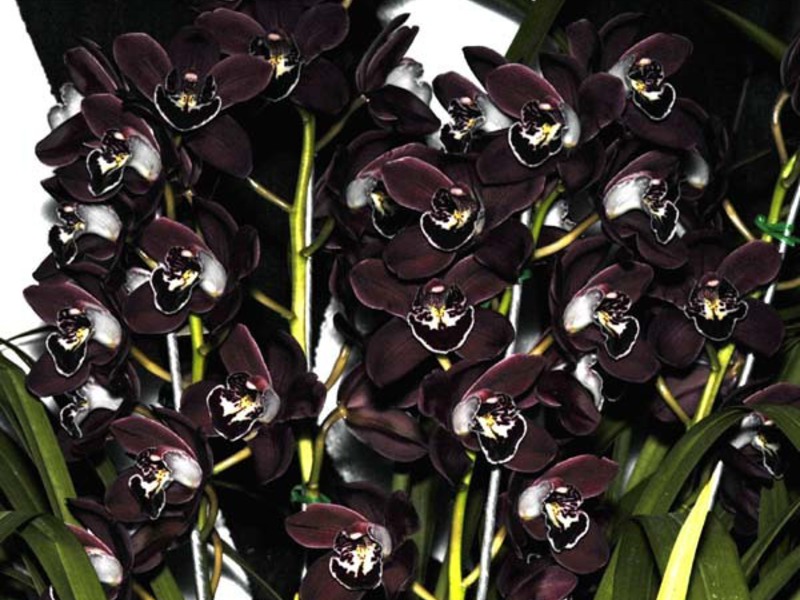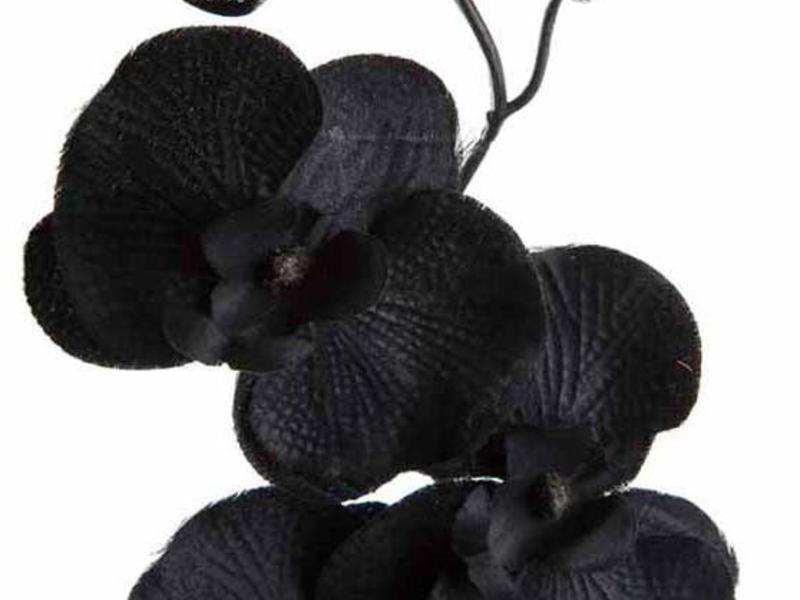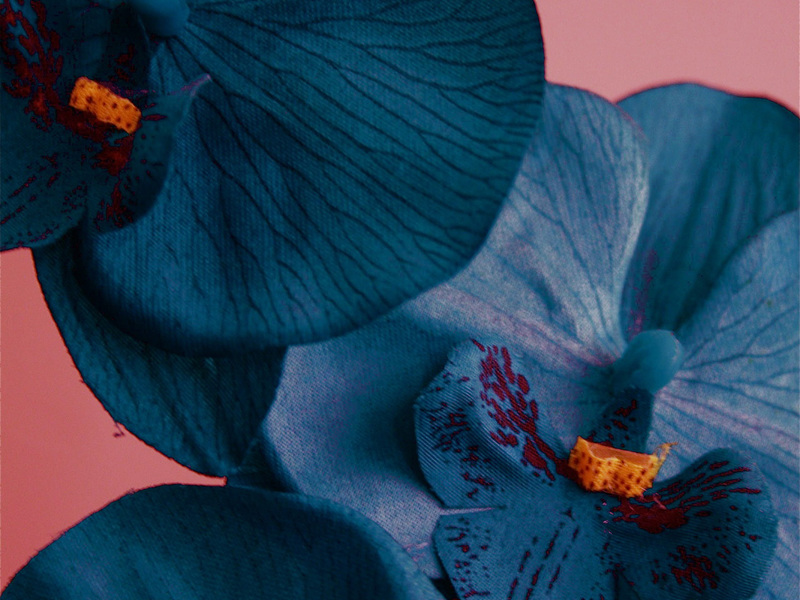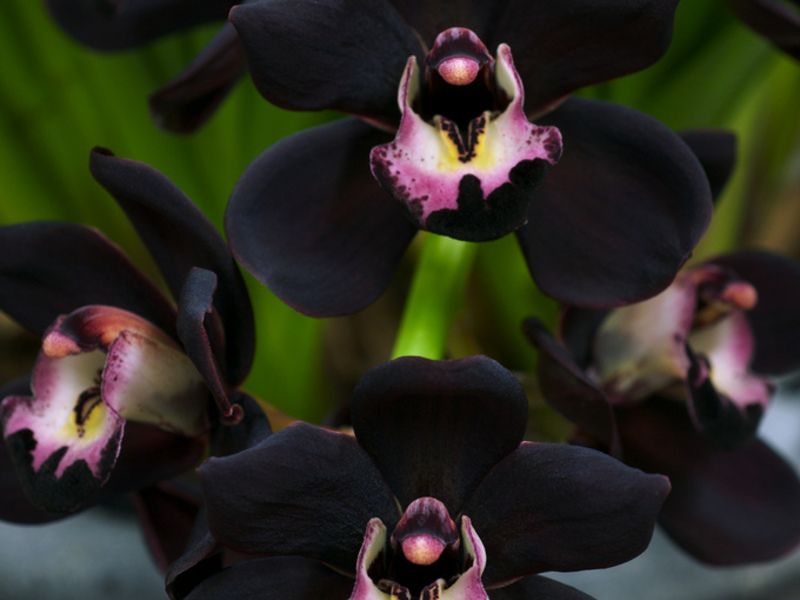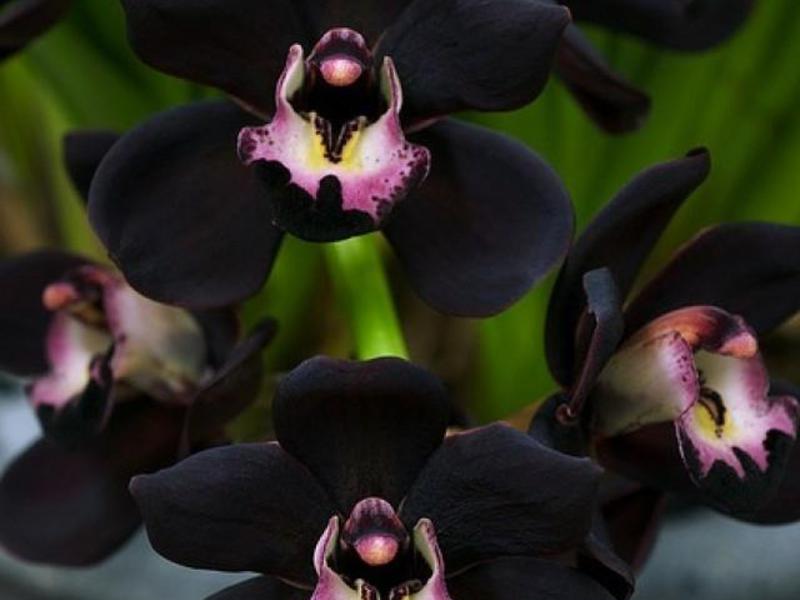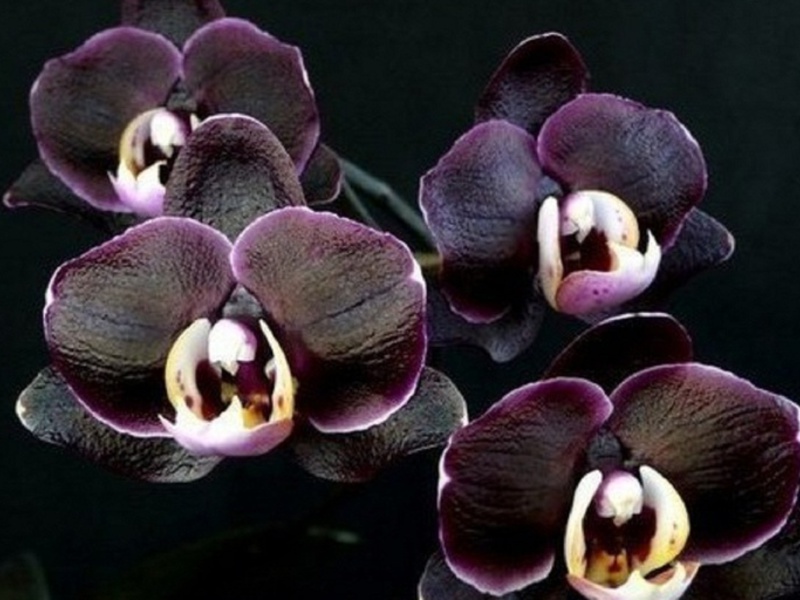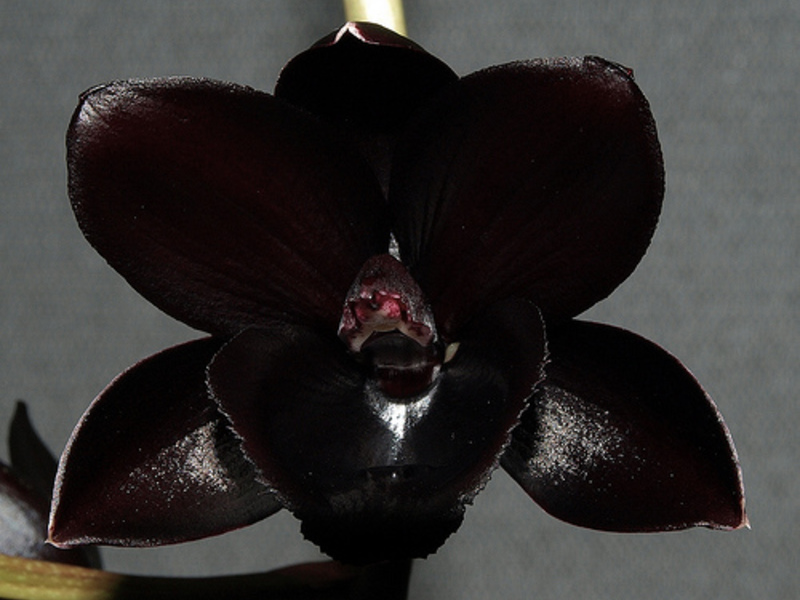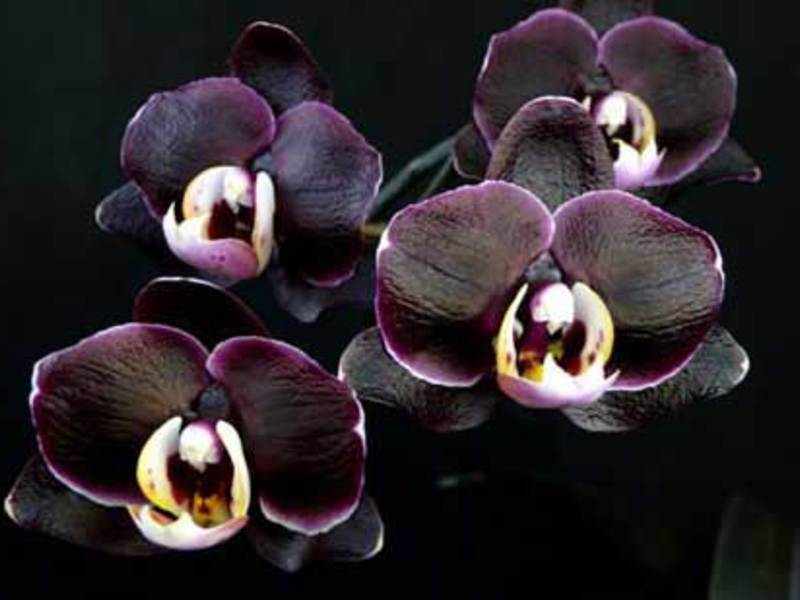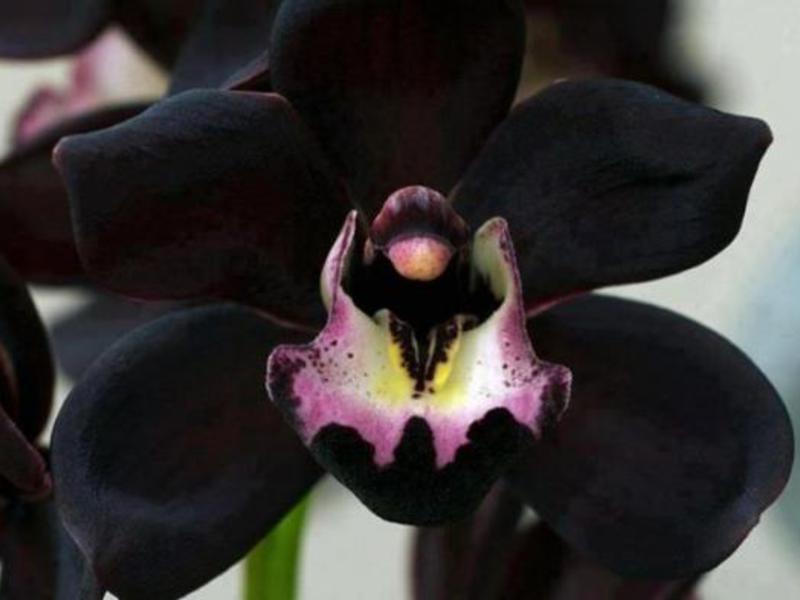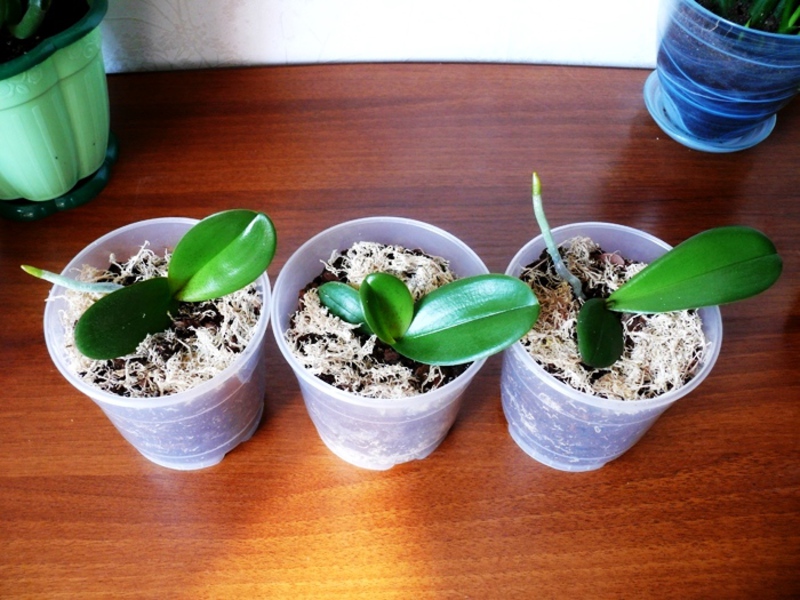The world of flowering plants is diverse and never ceases to amaze with the abundance of forms and colors. There are many beautiful colors, but there are some that attract particular attention. These types include the black orchid. There is debate about the origin of this plant. Some people believe that the black orchid really exists, while others consider such statements to be a myth. So what exactly is this amazing and mysterious flower?
Reality or myth: a flower shrouded in mystery
The world scientific community still cannot give an unambiguous answer where this miracle of nature came from. There is a statement that the black orchid discovered by George Cranleith (botanist naturalist) on the South American continent. He stole the flower from local tribes, where the black orchid was considered a sacred untouchable plant. Finding the loss of their totem, the natives caught the thief and subjected him to terrible torture. Despite the fact that the scientist's act was reckless, it was thanks to him, as many believe, that mankind learned about the magnificent mysterious plant - the black orchid.
More pragmatic people are sure that the above story is a myth and in reality the black flower was bred by Californian scientists, through the selection of some varieties of Phalaenopsis. The creation of such a hybrid is a very complex process that requires significant financial investments... The main feature of the hybrid orchid is its aroma, it is saturated with a hint of vanilla. Only a hybrid phalaenopsis can be called a black orchid. Some growers use chemicals to color the inflorescences. To do this, an angle is made in the peduncle of a white orchid with a coloring agent, which changes the shade of the flower itself, as can be seen in the photo.
Scientists are sure that there are no black colors in nature itself, such a pigment, in principle, does not exist. These are just very dark shades of purple, purple or burgundy.
Varieties of black orchids
 In nature, there is an unusual flower Takka, which is also called the "devil's flower". Many people mistakenly attribute this plant to one of the varieties of black orchids of the phalaenopsis family, although the external signs are somewhat similar. Also, representatives of the families have dark shades:
In nature, there is an unusual flower Takka, which is also called the "devil's flower". Many people mistakenly attribute this plant to one of the varieties of black orchids of the phalaenopsis family, although the external signs are somewhat similar. Also, representatives of the families have dark shades:
- Odontoglossum.
- Cattleya.
- Cymbidium.
- Paphiopedilum.
- Oncidium.
- Dendrobium.
Naturally occurring black phalaenopsis orchids there are such types:
- Maxillaria schunkeana is the rarest flower of the Phalaenopsis family. Has a rich dark shade (see photo).
- Fredclarkeara After Dark Black Pearl - The dark blue hue of this plant is perceived by many as "black". In the photo you can see all the beauty of this unique flower.
- Paphiopedilum Pisgah Midnight is one of the varieties of the black orchid. The petals of a dark color, uniformly colored in one tone, have black veins.
- Phalaenopsis Black Butterfly "Orchids" (photo) - the shape of the flower is similar to the wingspan of a butterfly, which is why this plant received such an original name. The color of the orchid is rich, maroon, purple tones. There are white spots on the lip, less often on the edges of the petals.
- Paphiopedilum de Nachtwacht — shade of burgundy petals with black tint.
- Dracula roezlii is an original plant with a distinctive color (see photo). The petals of a dark wine, almost black shade are strewn with scanty dots of light tones.
How to care for a plant
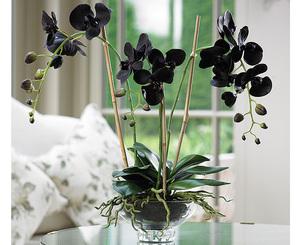 In order for the plant to be comfortable, and for many years to please the owners with its flowering, it is necessary to create conditions close to the natural environment. Since an orchid is tropical plant, it must be borne in mind that simple land is not suitable for growing it. Instead of soil, phalaenopsis needs a substrate that has friability and drainage; for this, tree bark can be used. The optimum temperature for a black orchid is 18-22 degrees. By adhering to such temperature indicators, you can grow a beautiful plant that will delight you with its flowering.
In order for the plant to be comfortable, and for many years to please the owners with its flowering, it is necessary to create conditions close to the natural environment. Since an orchid is tropical plant, it must be borne in mind that simple land is not suitable for growing it. Instead of soil, phalaenopsis needs a substrate that has friability and drainage; for this, tree bark can be used. The optimum temperature for a black orchid is 18-22 degrees. By adhering to such temperature indicators, you can grow a beautiful plant that will delight you with its flowering.
Do not forget about watering, as the growth and flowering of an orchid depend on it. Flowers of the Phalaenopsis family love slightly moist, but not too wet soil. For irrigation, it is better to use soft water, ideally rainwater, but it should settle for a while. In winter, flowers are watered with warm water no more than 1-2 times every 7 days... In summer, the procedure is carried out more often up to 3 days a week.
Watering must be taken very carefully, since excessive moisture will rot the rhizome, and the plant will begin to fade from drying out the soil. Although the orchid can tolerate drought for some time, it is not worth doing such experiments on the flower.
Top dressing is used during plant growth (once every 2-3 weeks). In principle, the orchid does not need bait, since all the necessary substances are contained in the substrate, but on the condition that the plant is transplanted into another pot at least 1 time in 2 years.
Experts do not recommend often using top dressing, as this reduces the protective properties of the plant and the orchid will become susceptible to pests and various flower diseases.
